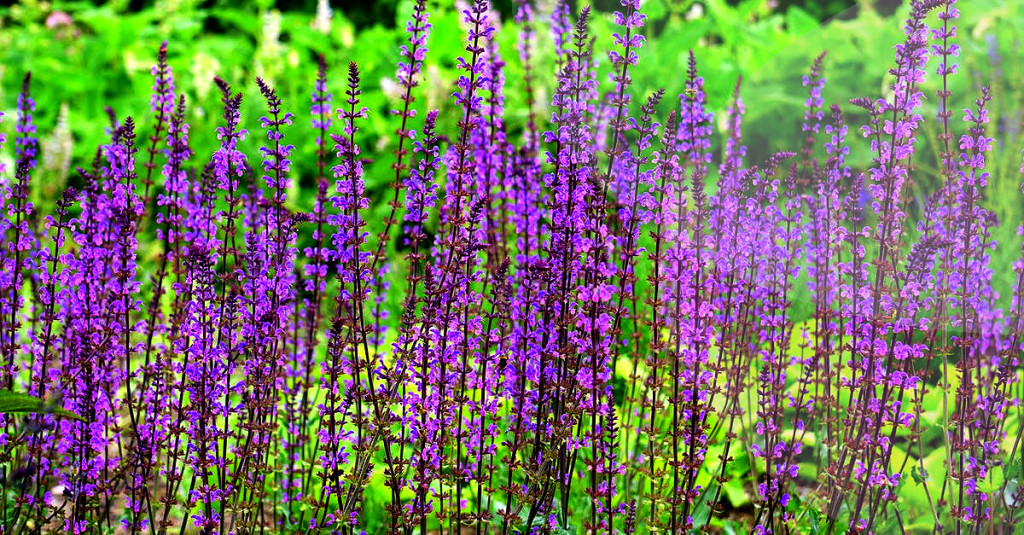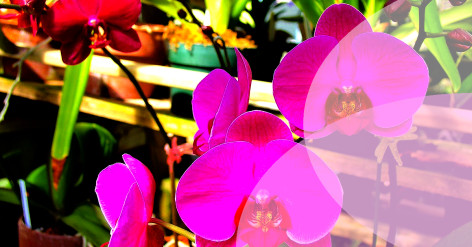Growing Your Own Herbs: Tips and Techniques to be a Pro

Start with the Basics
Growing your own herbs can be a cost-effective way to have a steady supply of fresh ingredients for cooking while creating an attractive garden. Additionally, herbs are known for their therapeutic and medicinal properties, making them a great addition to any wellness regime. In this article, we will discuss some tips and techniques that will help you become a pro at growing your own herbs.
Choosing the Right Herbs
Before you start planting herbs, it is important to understand their basic requirements. As a general rule, herbs need a well-drained soil that is enriched with organic matter and has a pH level between 6.0 and 7.0. Additionally, most herbs need plenty of light and warm temperatures to thrive. When planting, make sure the soil is not too dry or too wet, and always water them regularly to keep the soil moist.
Growing Herbs from Seeds or Cuttings
Choosing the right herbs to grow is essential for success. Make sure to choose the ones that are best suited for your particular climate and the type of soil you have. Some herbs thrive in a sunny, dry environment, while others prefer a cooler, damper climate. Some common herbs that are easy to grow include basil, thyme, oregano, parsley, chives, and rosemary.
Pests and Diseases
When it comes to growing herbs, you can choose to do it from seeds or cuttings. Growing herbs from seeds requires patience and attention to detail. It involves preparing the soil, nurturing the plants, and constantly monitoring their growth until they mature. If you are new to gardening or want to save time, you may prefer starting with cutting, which allows you to skip the germination process and plant mature plant. Regardless of whether you choose to start from seed or cutting, make sure to keep the soil moist and provide adequate light for the plants to thrive.
Harvesting
Like any other plants, herbs are susceptible to pests and diseases. To avoid this, make sure to keep the surrounding area clean and free from debris. Additionally, you can take preventative measures such as using organic pesticides and fungicide to protect your herbs. If you notice any signs of infestation or disease, take action immediately before it spreads to other plants.
Harvesting herbs at the right time is crucial, as it ensures that you get the best quality and flavor. Most herbs can be harvested once they have reached a height of at least 6 inches or when they have developed a sufficient amount of foliage. Make sure to harvest only a third of the plant at a time, and always cut the stem back to above a pair of leaves. This encourages the remaining plant to grow back and produce more leaves.
Growing your own herbs can be a rewarding experience, especially when you have a steady supply of fresh ingredients for your culinary creations. By following these tips and techniques, you will be well on your way to becoming a herb-growing pro in no time.
For more information on growing herbs or to purchase herb supplies, check out Herb Society.





